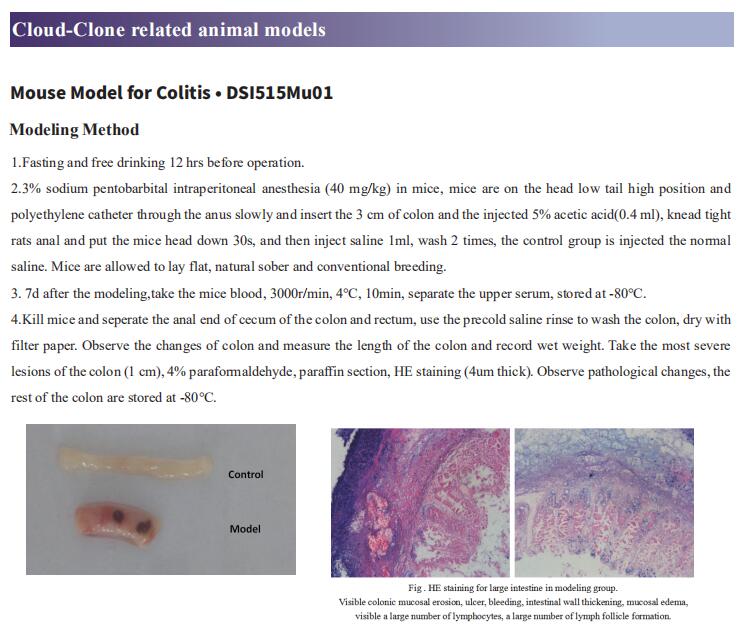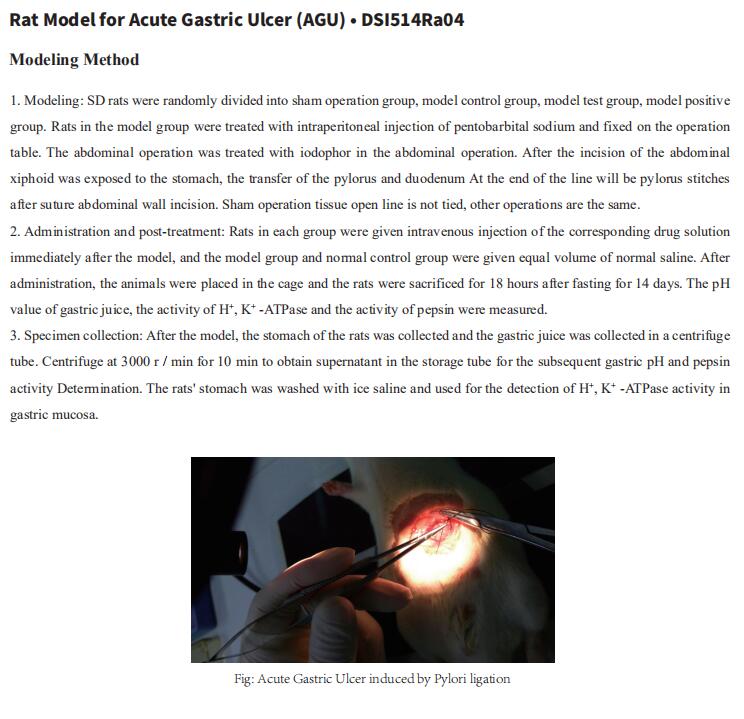New drug delivery method for targeted treatment of gastric ulcer
Gastric ulcer (GU) is a major gastrointestinal disease caused by the imbalance between aggressive and defensive factors. Various factors such as pepsin, gastric acid, Helicobacter pylori (H. pylori), NSAIDs, prostaglandins, bicarbonate, and blood flow to mucosa play an important role in causing GU. Resistance to therapeutic drugs and limitations of traditional drug delivery methods limit the therapeutic effect of GU. In recent years, several research groups have reported various novel gastroretentive drug delivery systems, which will will be helpful in gastroretention of different dosage forms for treatment of GU.
1. Metal-Organic-Framework-Based Hydrogen-Release Platform for Multieffective Helicobacter Pylori Targeting Therapy
H. pylori infection is the leading cause of chronic gastritis, peptic ulcer, and gastric cancer. Antibiotics, as traditional method for eliminating H. pylori, have no targeting effect, which causes serious bacterial resistance and gut dysbacteriosis. Xiaolei Wang, College of Chemistry of Nanchang University, Nanchang University, China, and his team constructed a pH-responsive metal-organic framework hydrogen-generation nanoparticle (Pd(H)@ZIF-8), which is encapsulated with ascorbate palmitate (AP) hydrogel[1]. Both in vitro and in vivo experiments demonstrate that the outer AP hydrogel can target and adhere to the inflammatory site through electrostatic interactions, and is then hydrolyzed by matrix metalloproteinase (MMP) enriching in inflammatory sites. The released Pd(H)@ZIF-8 nanoparticles are further decomposed by gastric acid to generate zinc ions (Zn2+) and hydrogen, thus effectively killing H. pylori, alleviating inflammation and restoring impaired gastric mucosa simultaneously (Fig.1). Unexpectedly, this metal–organic framework hydrogen-generation platform (Pd(H)@ZIF-8@AP) also has an effect toward avoiding the imbalance of intestinal flora, which thus provides a more precise, effective, and healthy strategy for the treatment of H. pylori infection.
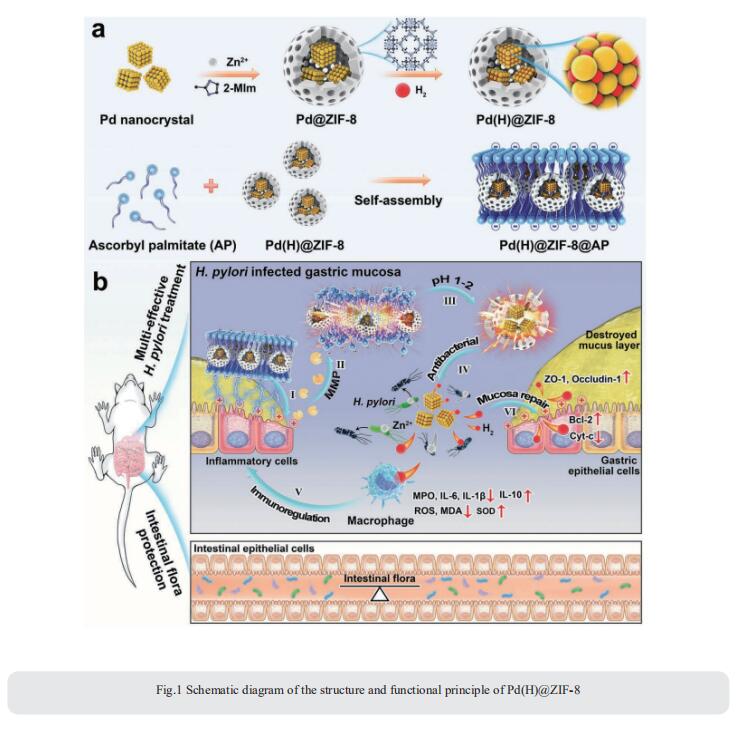
2. All-in-One Theranostic Platform Based on Hollow Microcapsules for Intragastric-Targeting Antiulcer Drug Delivery, CT Imaging, and Synergistically Healing GU
The current treatment strategy for H. pylori may affect medication compliance, leading to a resistance to clarithromycin or metronidazole. To counter this, from the perspective of natural products, Bo Han, Key Laboratory of Xinjiang Endemic Phytomedicine Resources Ministry of Education, Shihezi University College of Pharmacy, China, and his team established an intragastric-targeting all-in-one theranostic platform: a drug carrier microcapsule composed of multiple synergistic antiulcer drugs, including bismuth, gallotannin, and antibiotics is obtained (BiG@MCs), and the therapeutic effects of BiG@MCs in rodent models are further evaluated[2]. The results show that the BiG@MCs are spherical with homogeneous particle size and can be response-released to the acidic environment of the stomach (pH 2.0–3.0), preventing the premature release of the BiG@MCs in physiological conditions (Fig.2). BiG@MCs showed excellent adhesion on the surface of the gastric mucosa. The research results prove that BiG@MCs have obvious antibacterial and anti-inflammatory healing effects on indomethacin-induced GU in mice. It is worth noting that the bismuth component can be easily identified by computed tomography and other detection instruments, which provide the possibility for drug tracing. In summary, these results indicate that BiG@MCs provide a versatile intragastric-targeting drug delivery platform for GU therapeutics.
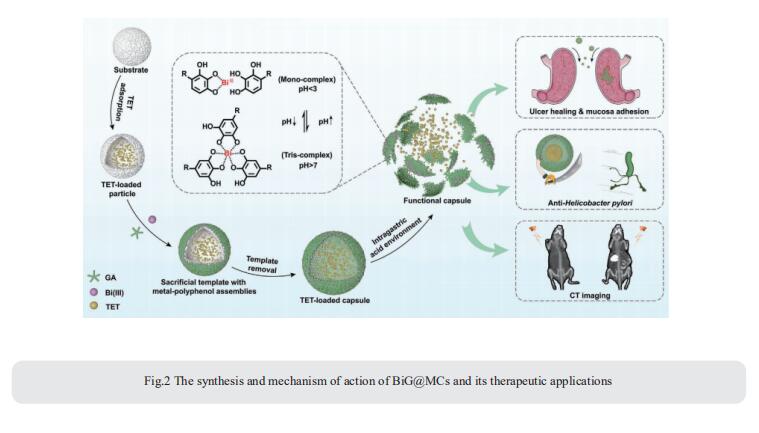
3. Suction-Cup-Inspired Adhesive Micromotors for Drug Delivery
Micromotors have opened novel avenues for drug delivery due to their capacity for self-propelling. Renjie Chai, State Key Laboratory of Bioelectronics, School of Biological Science and Medical Engineering, Southeast University, China, and his team presented an ingenious suction-cup-inspired micromotor with adhesive properties for drug delivery in the stomach[3]. The micromotors are fabricated by using hydrogel replicating the structure of suction-cup-like microparticles, which derive from self-assembly of colloidal crystals under rapid solvent extraction, followed by loading magnesium (Mg) in the bottom spherical surface(Fig.3). The Mg-loaded micromotors can realize spontaneous movement due to the continual generation of hydrogen bubbles in gastric juice. Moreover, benefiting from the porous structure, the hydrogel micromotors exhibit a high volume-surface ratio, which enables efficient drug loading. As proof of concept, they employed the bio-inspired micromotors to treat gastric ulcer of mice, which indicated that the micromotors could adhere efficiently to the ulcer-region and release drugs, exhibiting a desirable curative effect. Therefore, the bio-inspired micromotor with adhesive property holds unpredicted potential in clinical application.
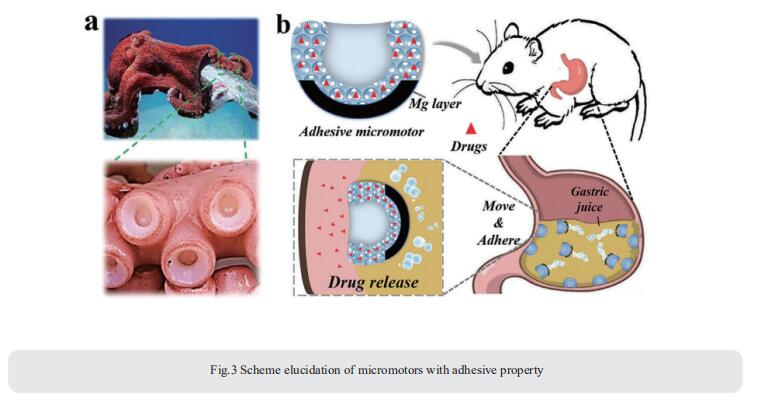
References
[1]Zhang W, Zhou Y, Fan Y, et al. Metal-Organic-Framework-Based Hydrogen-Release Platform for Multieffective Helicobacter Pylori Targeting Therapy and Intestinal Flora Protective Capabilities [J]. Adv Mater. 2022, 34(2):e2105738.(IF=32.086)
[2]Wang Q, Xu Y, Xue R, et al. All-in-One Theranostic Platform Based on Hollow Microcapsules for Intragastric-Targeting Antiulcer Drug Delivery, CT Imaging, and Synergistically Healing Gastric Ulcer [J]. Small. 2022, 18(9):e2104660.(IF=15.153)
[3]Cai L, Zhao C, Chen H, et al. Suction-Cup-Inspired Adhesive Micromotors for Drug Delivery [J]. Adv Sci (Weinh). 2022, 9(1):e2103384.(IF=17.521)
Cloud-Clone not only provides animal models of various digestive system diseases, including gastric ulcer, colitis, irritable bowel syndrome, gastritis, duodenal ulcer and other common digestive disease animal models. We also have various digestive system diseases detection indicators, which can help the vast number of researchers to carry out digestive system diseases related research.
